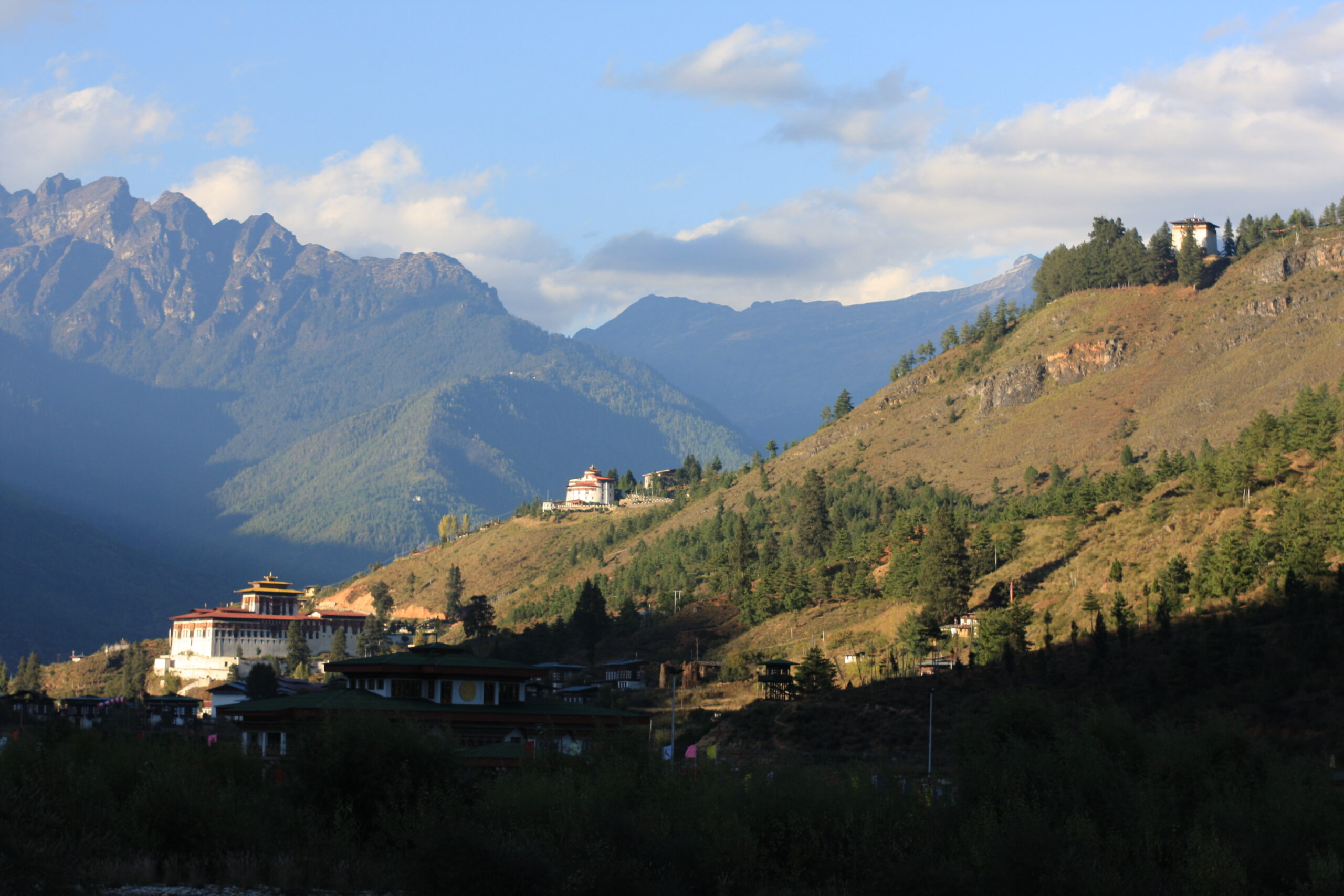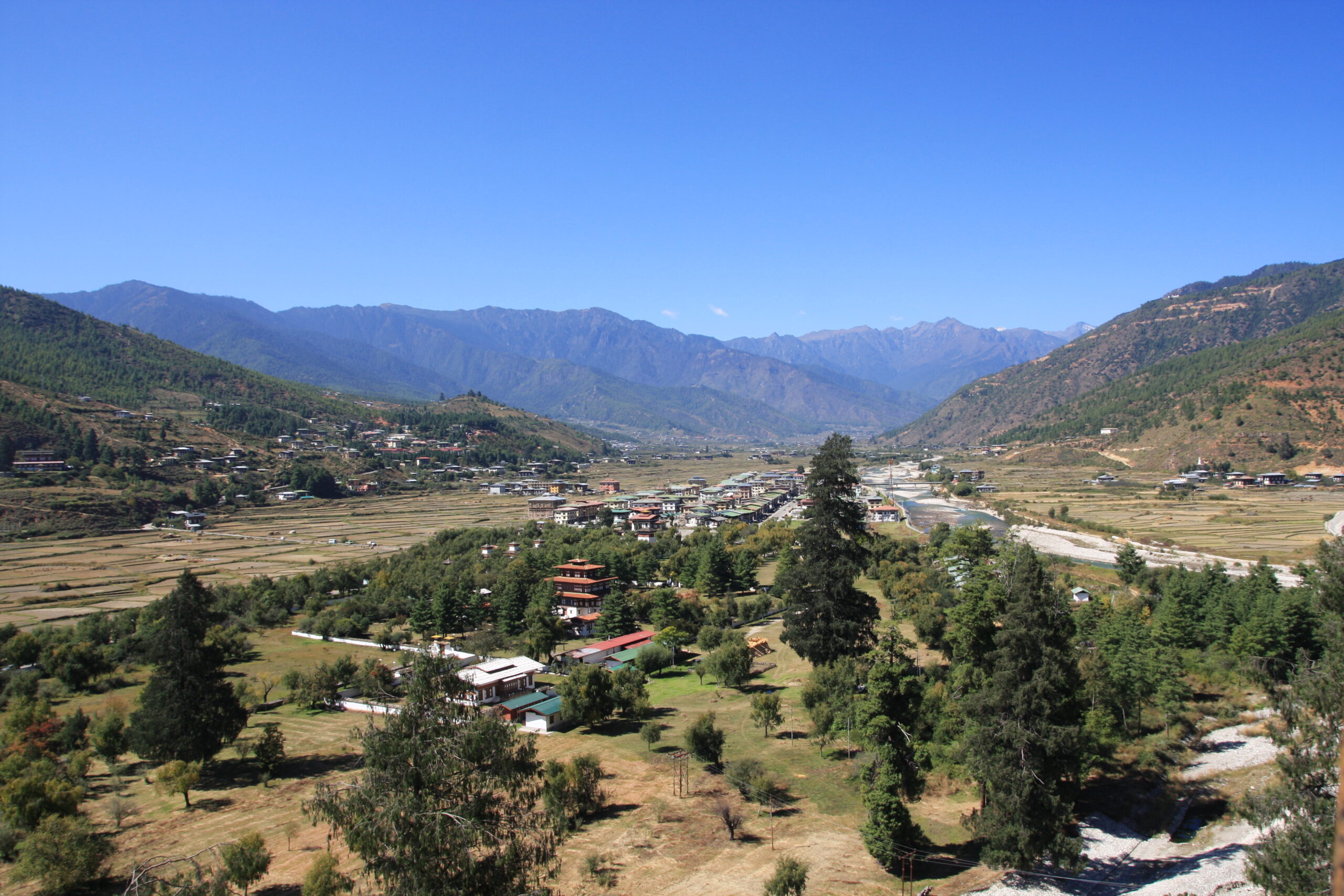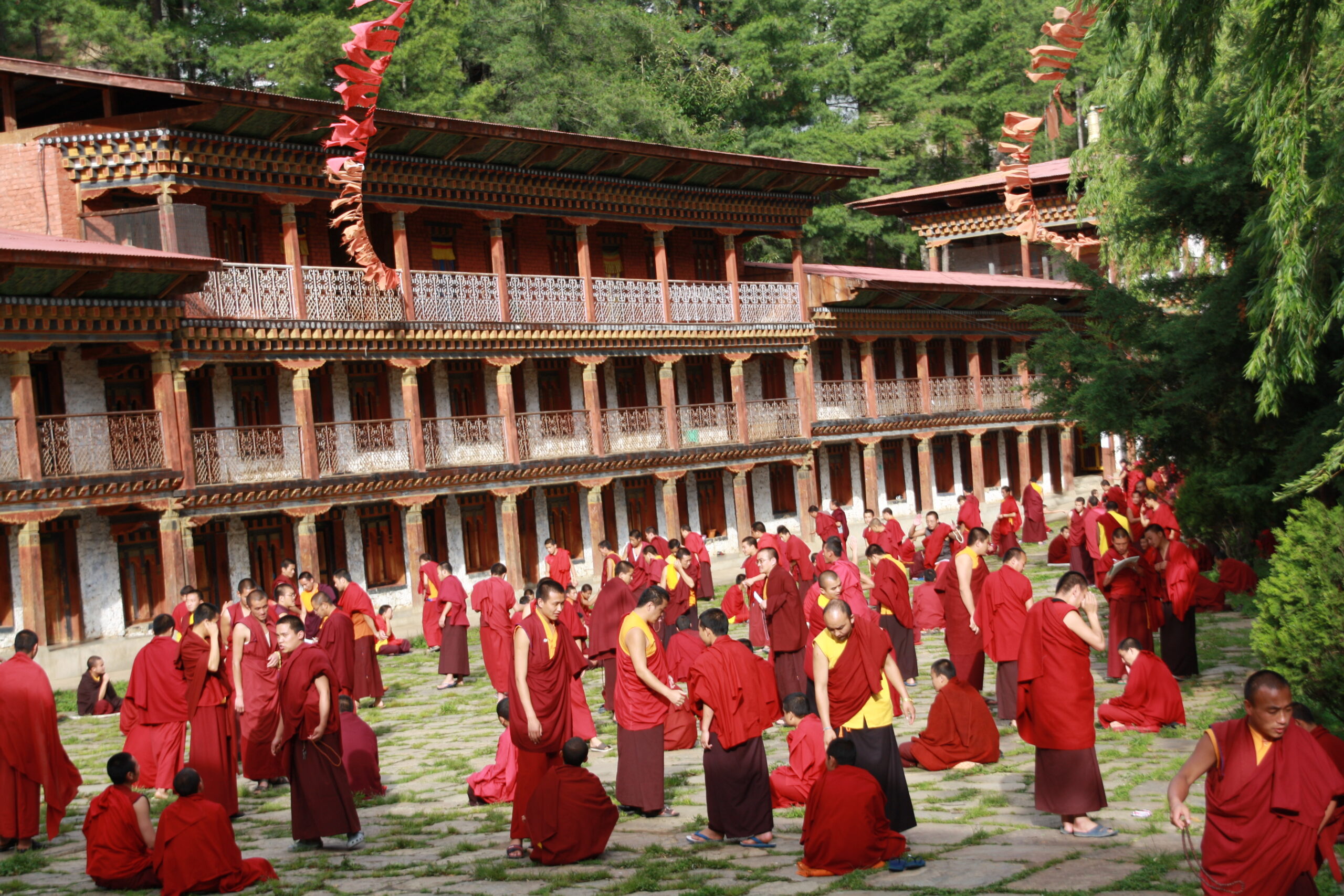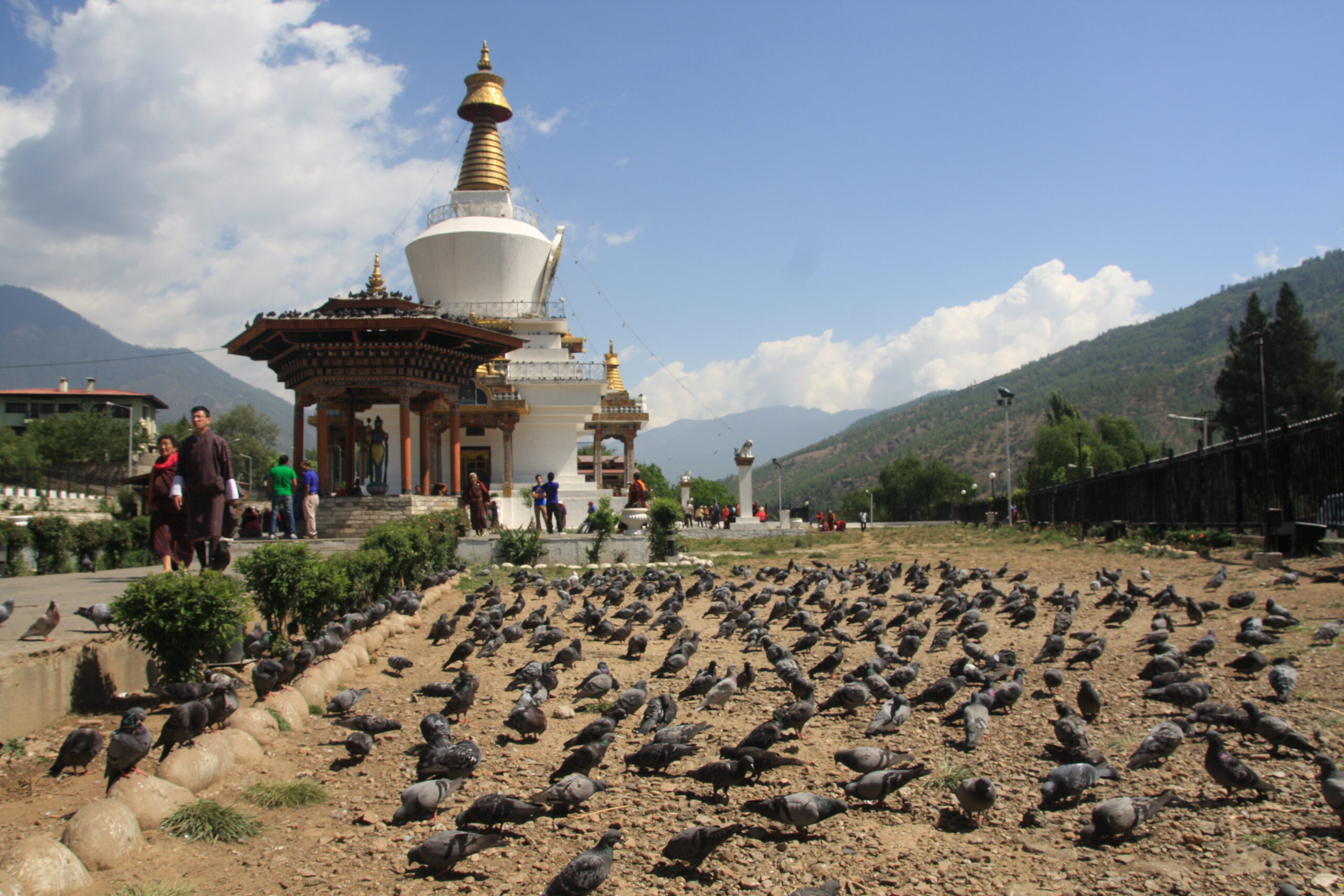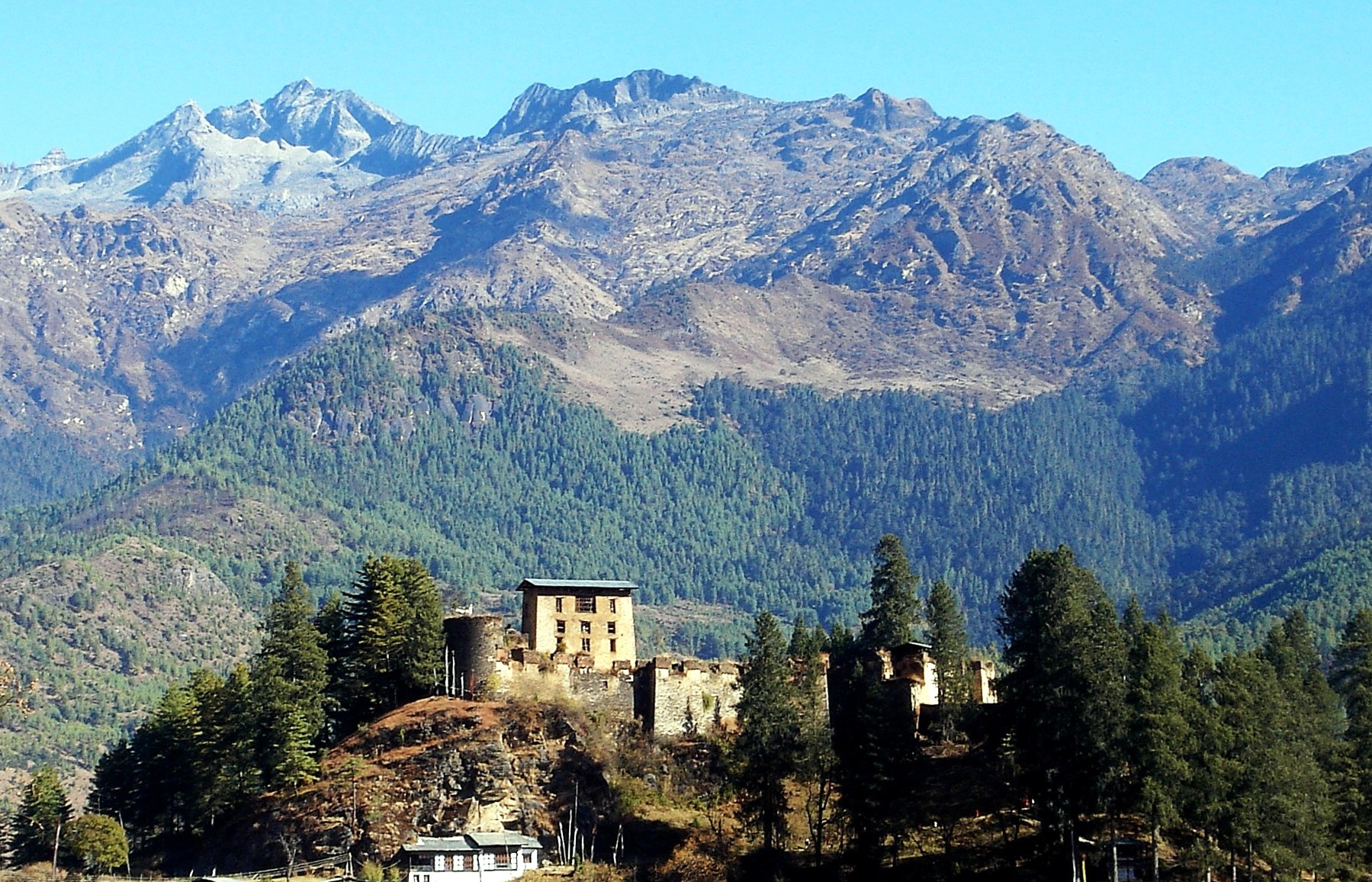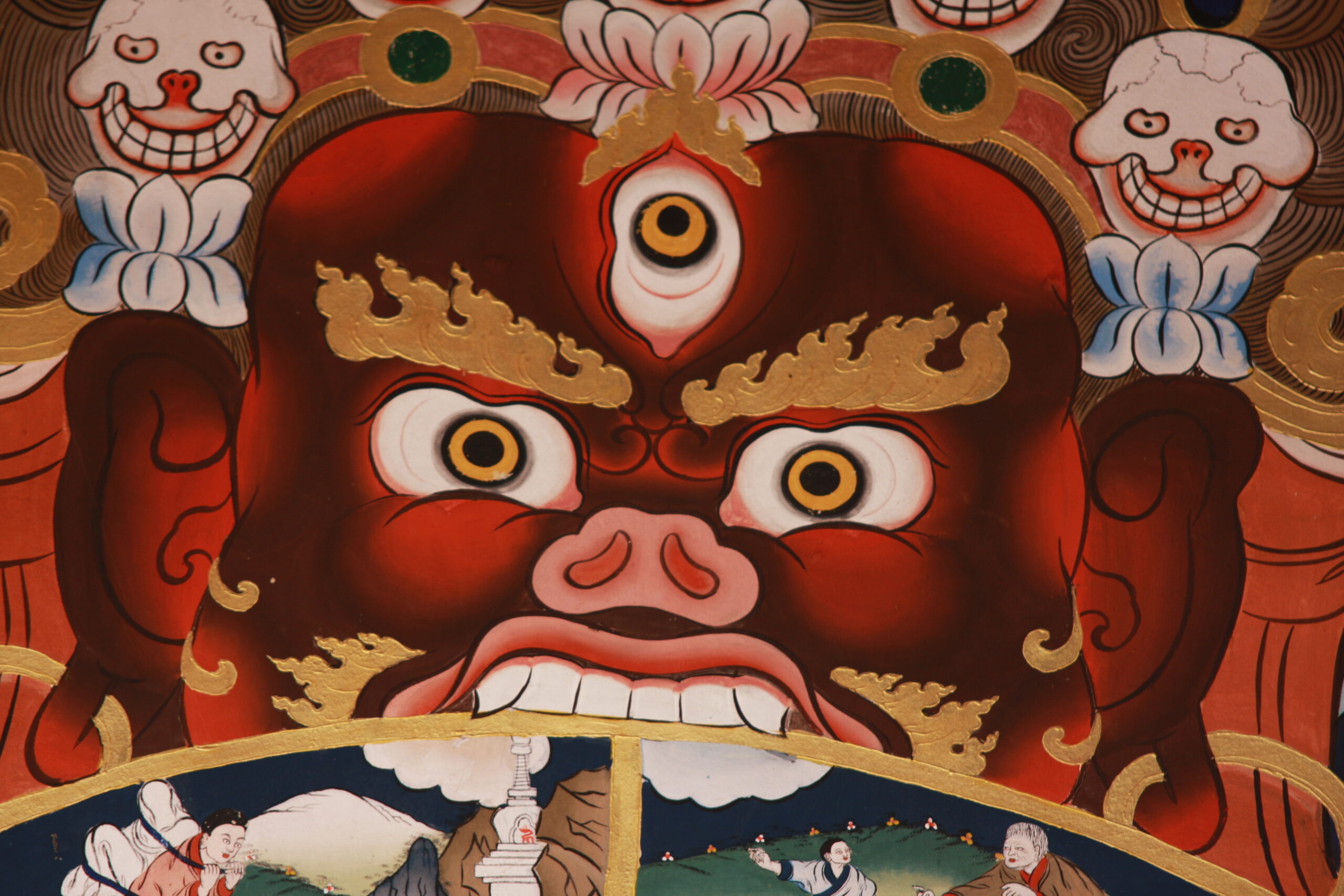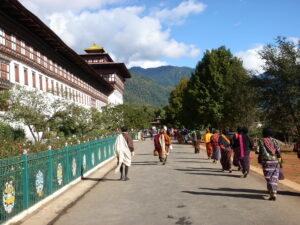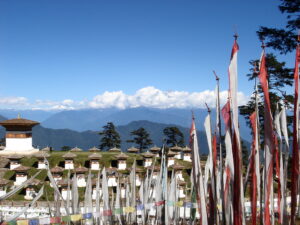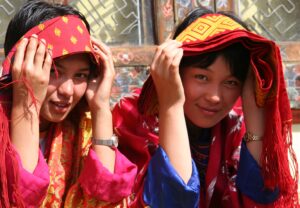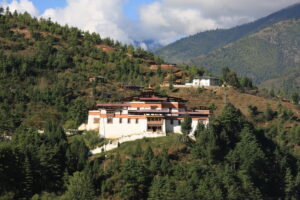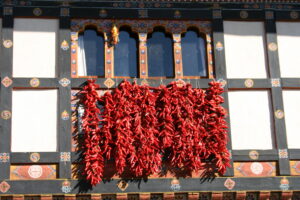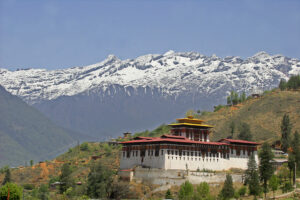At a Glance
Duration: 5 days
Group Size: Up to 50 person
Tour Grading: Easy
Activity: Cultural, Arts, and Heritage
Sights: Tiger’s Nest monastery, Paro Dzong, Thimphu Centenary Market, Kuenselphordang, Painting School of Arts and Crafts, Textile Museum, National Museum.
Season: All-Year Round
Trip Route: Paro-Thimphu-Paro
The five-day visit will cover two cities, which will give you a mixture of immense experiences in between the unique tradition and the modern era. Swinging by a local farmhouse with a nice hot stone bath and up until heart-pumping moments by the longest suspension bridges in the country can be a few. Festivals in Bhutan can be colorful, something you wouldn’t have seen elsewhere. This is an annual event where locals dress up in their best attire and meet with friends and family over a traditional packed lunch in the green pastures.
Trip Highlights
• The only Capital in the world without traffic lights
• Bhutan Postal Museum, Evolution of Communication Systems in Bhutan
• Kuenselphordang
• Tiger’s Nest: an exhilarating task of 2 hours of climbing and another 1.5 hours of retrieving steps
Day 1: Arrive at Paro and drive to Thimphu
On arrival, drive for 20 minutes to Paro town (2300m). From here, walk to Paro Dzong (fortress), crossing the cantilever bridge. This 17th-century fortress will introduce us to the Bhutanese way of life.
After lunch, drive to Thimphu (2400 m), the nation’s capital. In Thimphu, we will check in to our hotel and take a rest.
After lunch, visit the Memorial Chorten (stupa), a monument built in memory of the Third King of Bhutan by the late Royal Grandmother Ashi Phuntsho Choden Wangchuk in 1974. It is also dedicated to world peace and prosperity. People from all walks of life circumambulate the Chorten, but mostly we see those elderly people throughout the day hauling away at a room-size giant prayer wheel right next to the entrance.
In the evening, visit Tashichho Dzong, which, in its present incarnation, was consecrated as late as 1969, and this building is a visual delight. Unlike other Dzongs, this “peacetime” one has three entrances: one for the common folk, leading to the administrative establishment; another to the monastic section in whose courtyard Tsechu has performed annually; and the third only for royalty.
Overnight in hotel.
Day 2: Thimphu Sightseeing
Folk Heritage Museum: The restored three-story timber building replicates a traditional farmhouse and gives a pure glimpse into rural Bhutanese life and its households. To maintain our knowledge of indigenous natural resources, native trees and plants that had domestic uses in rural Bhutanese households are grown, creating an oasis of greenery right in the heart of the capital city of Thimphu.
National Textile Museum: Under the royal patronage of the youngest Queen Mother, Ashi Sangay Choden Wangchuck, the museum preserves the national textile and helps women’s empowerment. The museum helps women from the central and eastern parts of Bhutan through weaving. The museum also focuses on royal ghos, including the wedding clothes owned by the fourth king and his four wives.
Centenary Farmers’ Market: Every Saturday and Sunday, most of the Thimphu population congregates on the banks of the river, where the weekend market is held. Here, villages from the valley and other nearby villages come to sell their agricultural products.
After lunch, visit the Post Office Museum and make customized stamps. The museum was established in November 2015 to commemorate the 60th birthday of the Fourth King. The museum tells the story of Bhutan’s development and progress over time. Methods such as anecdotes, artifacts, and the rich assortment of stamps the country has developed are used.
Jungzhi Paper Factory: The tree barks of Daphne and Dhekap are used to make this traditional paper. You could indulge in the whole process and try making souvenirs of your own. The paper was originally used by monasteries for manuscripts and prayer books.
In the evening, drive to Kuensel Phodrang-Buddha Point. This 169-foot bronze statue of Buddha Dordenma, Vajra Throne Buddha, symbolizes indestructibility. The view of Thimphu Valley from this point is spectacular and beautiful, especially at night.
Overnight in hotel.
Day 3: Paro
Depart Thimphu at leisure for your short drive on Bhutan’s best road to Paro Valley, with a few short stops for sightseeing en route. Take lunch at a Paro town restaurant, followed by an orientation tour of Paro Valley’s main sights, including the Rinpung Dzong with its cantilever bridge, Kyichu Lhakhang, a most revered temple boasting an orange tree that perpetually bears fruit, and the ruins of the Drugyel Dzong. This Dzong is the site of the Fort of Drukpa Victory, from which the Bhutanese effectively repelled constant attacks from Tibet, and from where, on clear days, the 24,000-foot snow-domed peak of awesome Mt. Chomolhari can be seen.
Option: Take an early departure from Thimphu and travel to the remote and beautiful Haa valley, returning to the Paro valley via the Chele La (pass) on Bhutan’s highest motorable road. At the pass, you can take a hike to the Kila Nunnery, Bhutan’s oldest, where you can interact with the nuns. This is a full-day trip.
Overnight in hotel.
Day 4 — Paro (hike to the Tiger’s Nest)
Today we will walk up to the tiger's nest. The monastery is the most famous in Bhutan and has recently been listed as one of the ten holiest places in the world. This is one of the highlights of the trip.
It’s perched on a high cliff, 900 meters above the floor of Paro Valley. It is named Tiger’s Nest because Guru Rimpoche is said to have flown to the site on the back of a tigress in the 8th century. This monastery is the holiest in Bhutan. The five-hour walk to the monastery, involving some intense but rewarding climbing over 900 meters, cleanses both the soul and the body.
Overnight in hotel.
Day 5 — Departure
As our journey comes to a close, our guide bids us farewell. Their wisdom and guidance have enriched our experiences, leaving cherished memories.


